Growing vegetables shouldn’t be a long hideous process; as a matter of fact, growing vegetables is fun and therapeutic.
If you are worried that it may take forever for your vegetables to mature and be ready for harvest, worry no more, as we have compiled a list of fast-growing vegetables.
Most of the vegetables can be easily grown in containers or pots; should you not have a backyard space for growing vegetables.
Without any further ado, let’s get to know some of the fastest growing vegetables in India and what month they thrive well.
Table of Contents
Fastest Growing Vegetables in India
1. Spinach

Spinach is a fast-growing vegetable that is planted either by burying its stem into the soil or by planting its seed in the ground. The soil must be of good quality to encourage the growth and health of the vegetable.
Spinach can be planted in the shade or in the sun. It can be planted directly into a rich soil or in a container or pot. When planting spinach in a pot, the pot must be at least eight inches deep.
With optimal watering, spinach takes about six to eight weeks to mature. You can pluck the mature leaves to encourage new growth.
Spinach is rich in iron and can be served and eaten in addition to soups, salads, and omelets. Spinach is best grown in Southern India in January, and in October in Northern India but does averagely well in other months of the year in India and other parts of the world.
Read Also: Can Grass Grow in Sand?
2. Baby Carrots
If you enjoy eating carrots and cooking with them, but do not have the patience to wait out for their long maturation period, then baby carrots should be your best option.
Baby carrots do not take as long as large carrots to mature; they mature quicker and taste delicious when cooked. If well tended to and watered, baby carrots take about thirty days to mature.
Baby carrots are sown by their seeds in rich soil and can be grown in the garden or in a container. Baby carrot seeds are sown 15 centimeters apart. Baby carrots are best grown all year round in Northern and Southern India.
Carrots are good sources of Vitamin A, Vitamin K, Vitamin B6, and Beta-carotene.
2. Radishes
If you are a beginner gardener, radishes are the ideal vegetables you should begin with. Radishes are fast-growing vegetables and super easy to maintain.
Radishes can be grown directly in the ground or in a container with rich soil. Radishes, depending on the variety, take about 22 to 50 days to mature and get harvested. The following are the varieties of radish and the number of days required for each to mature and get harvested:
- Easter egg – 30 days
- Amethyst – 30 days
- D’Avignon – 30 days
- Cherry Belle – 22 days
- Red Meat – 50 days
- KN-Bravo- 50 days
Radishes are best grown in fall or early spring. In Southern India, radishes are best grown in January and February, while in Northern India, radishes are best grown through August to November.
3. Tomatoes
Nothing beats the taste of homegrown tomatoes. Tomatoes are one of the most popular garden vegetables and gardeners’ most favorite vegetable to grow.
The seeds are readily available, as you can grow tomatoes using seeds from tomatoes in your fridge. Tomatoes can be grown directly in rich soil or in a container, and ensure to place the seeds very deep into the soil, deeper than other seeds.
The best varieties of tomatoes to grow in a container are Bush Big Boy, Window Box Roma, Cherry Tomato, and Plum Yellow. They are collectively referred to as ‘Dwarf Varieties.’ They fit well in small containers.
Growing tomatoes require consistent watering and adequate sunlight. However, caution should be taken while watering tomatoes when they are still young also put adequate manure to the soil to avoid having a plant with wrinkled leaves, and no fruits at maturity.
Tomatoes are prone to bug infections, but you can prevent them by spraying organic insecticides like neem oil to your plant.
Tomatoes take 20 to 30 days to mature from the first time they appear and begin producing fruits within the 40th to 50th day after being planted.
Tomatoes are best grown in Southern India in January and February, while in Northern India, tomatoes are best grown from June through to December.
Tomatoes are good sources of the antioxidant lycopene, vitamin c, vitamin k, potassium, and folate.
Read Also: How to Plant Okra in Arkansas
4. Lettuce
No salad is ever complete without a lettuce leaf in it. Fresh lettuce leaves from the garden usually taste better because they are freshly cut. Lettuces bought from the stores lose some amount of nutrients due to storage and having been cut days ago before sales.
In India, lettuce is quite scarce, and for you to enjoy fresh lettuce, there is a need for you to grow yours in your garden. For aesthetic purposes, plant a different variety of lettuce around your home. Their various colors are decorative by nature.
Lettuce takes about 30 days to mature and be harvested. Once they reach 3 inches, cut the leaves. Lettuce has 8 different varieties, and they include; Red Romaine, Prizehead, Oakleaf, Iceberg, Black Seeded Simpson, Parris Island Co, Hingeberg, and Lollo Rosso.
Lettuce is grown in Southern and Northern India throughout the year. Lettuce is rich in important minerals like iron, potassium, and calcium.
Read Also: When to Plant Lettuce in Texas
5. Baby Kale
Just like baby carrots, baby kales mature faster and are tender and nutritious. Baby kales take about 25 to 30 days to mature and get harvested.
Red Russian kales mature in 25 days, while Dinosaur kales mature in 30 days. You can opt for either of the two, due to their rate of maturity. Avoid varieties like Winterbor; they take up to 60 days to mature.
Kales can be grown at any season of the year, but the best-flavored kales are grown in springs and fall when the weather is cool. In tropical and subtropical regions, kale is best grown in winter.
Kale contains antioxidants, fibers, calcium, vitamin c, vitamin k, and iron.
6. Arugula
Arugula, also known as salad rocket or rucola, is an edible aromatic, peppery vegetable used in salads. Arugula is also a fast-growing plant that requires about 20 to 21 days for its baby leaves to mature and become edible.
However, some varieties of Arugula, like Sylvetta, are slower to maturity, they take about 50 to 60 days after planting to mature. You should avoid such varieties if you’re looking for fast-growing vegetables.
Just like spinach, you have to cut out mature leaves for new leaves to grow. It continues to produce more leaves all year round in optimal conditions.
Arugula can be planted directly in rich soil or in a shallow wide container. It requires optimal sunlight and lots of moisture to thrive well. Arugula is perfectly grown in spring and fall.
7. Asian Green
Asian green is a vegetable of various flavors, colors, and texture. Its flavors range from mild-tasting to slightly spicy and then to pungent. Whereas its colors range from purple to maroon and to lime green.
Asian green takes about 21 to 35 days to mature and be harvested depending on the variety planted. Tatsoi Asian green leaves mature in 21 days, Mizuna Asian green leaves mature in 30 days, Giant red Asian green leaves mature in 21 days, Ruby streaks Asian green leaves mature in 21 days, and Komatsuna Asian green leaves mature in 32 days.
Asian greens can be grown in the soil or in pots, but they do well in pots. Asian greens require shady spaces, a little sunlight of about 3 – 4 hours of exposure, plenty of moisture, and organic manure, to thrive well.
Asian green leaf is rich in beta-carotene, fiber, vitamin c, and vitamin b.
Read Also: Importance of Perlite
8. Turnips
Turnips are gardeners’ delight for their creamy white roots. Turnips take up to 38 days to mature and be harvested. Turnips’ leaves and roots are both edible.
Turnips’ edible leaves take up to 40 days to mature while the roots take up to 60 days to mature and be harvested. Its roots are usually harvested by pulling when they are about 1½ inches across.
Turnip is best grown in Southern India in October, while in Northern India, turnips thrive in November.
9. Beet
Beet is another plant that yields dual products. Beetroots and leaves are edible and are quite fast in maturation. Beet leaves take about 14 to 21 days to mature and get harvested, while its roots are taking up to 45 days to get harvested.
Beet can be grown in the soil or in a container that is 6 to 8 inches deep. The soil must be rich in compost to enable the beet to thrive optimally.
In India, beet is best grown between the months of August to November.
Recommended Reading
- Different Types of Succulents
- When to Plant Okra in Alabama
- Top 10 Medicinal Plants And Their Benefits
Conclusion
Hopefully, you now know some of the fastest growing vegetables in India so you can start working on planting them too if you're an Indian.
Nothing beats eating your own homegrown plants and vegetables; especially in a time like this when there are a lot of genetically modified plants. One needs to be careful and pay close attention to what he/she eats.
Most of the plants listed above can be grown in containers and still yield the same expected produce. All that is required of you is to give the appropriate care and conditions necessary for their growth and watch them blossom as at when due.
We hope that this inspires you to grow some vegetables and eat more healthily!

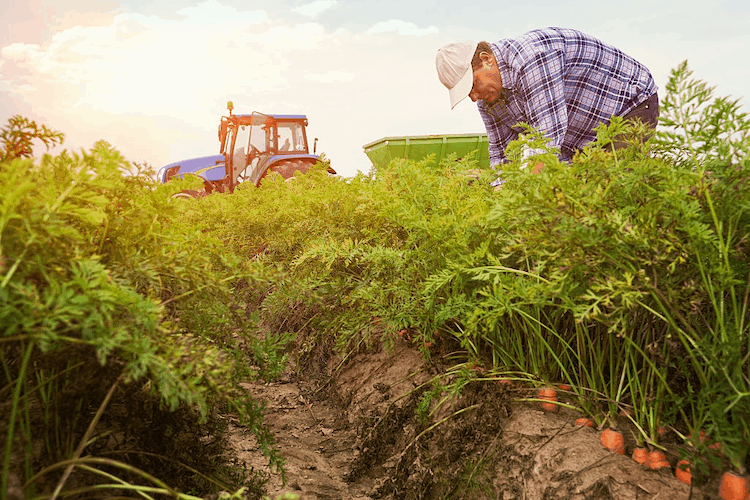

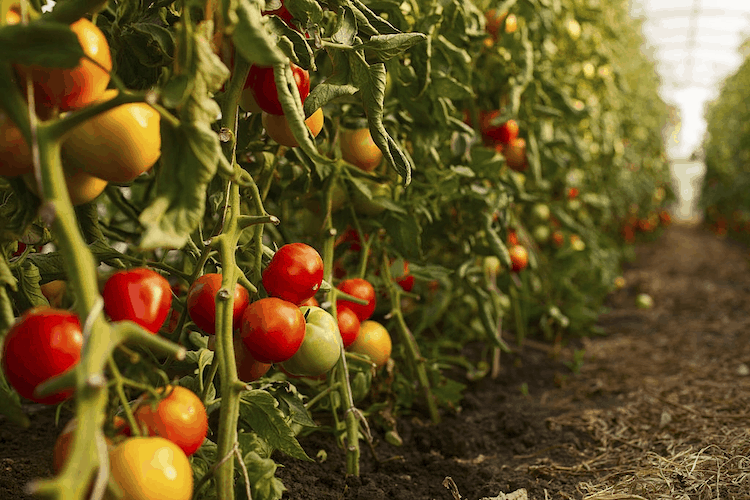
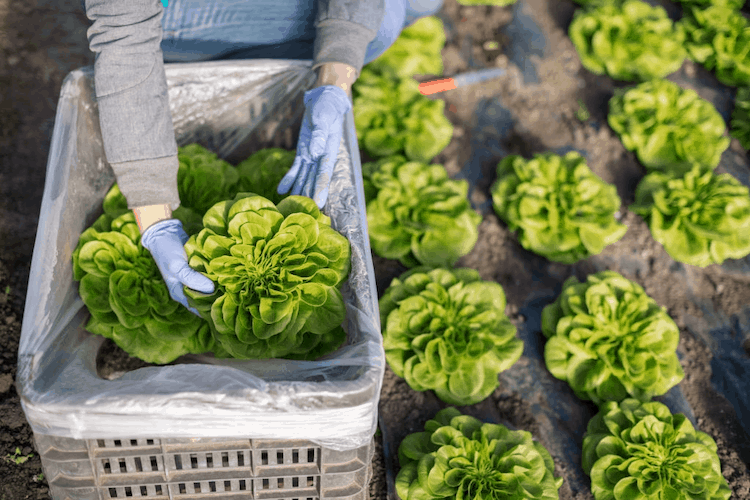
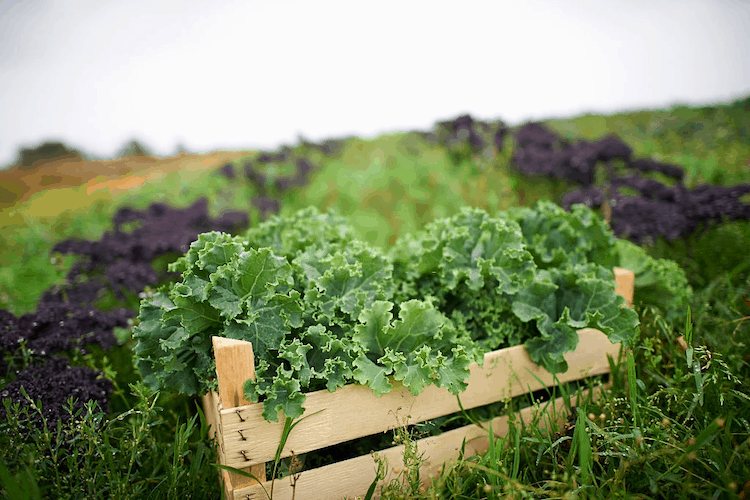
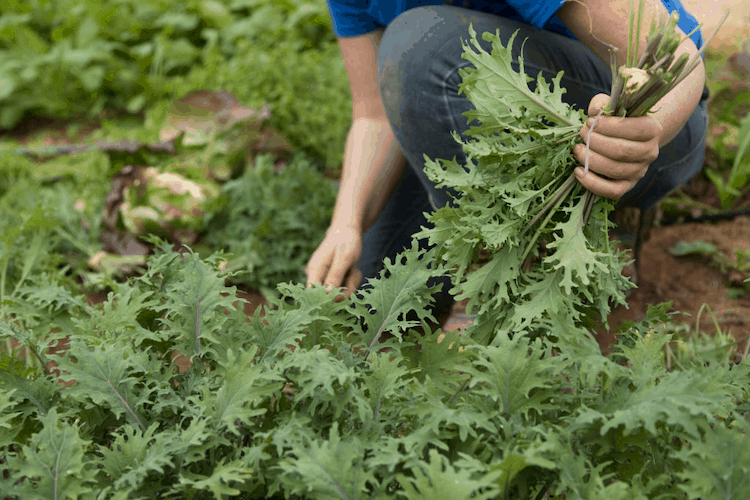
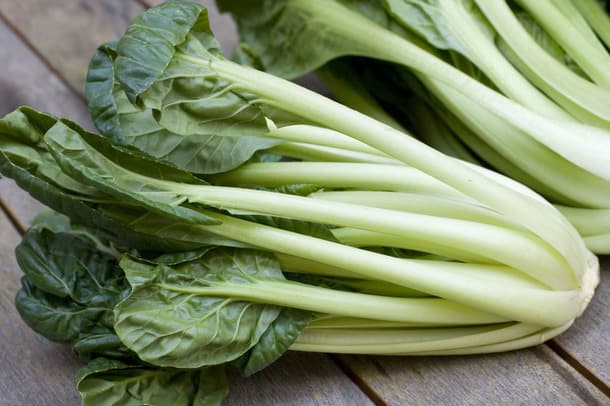
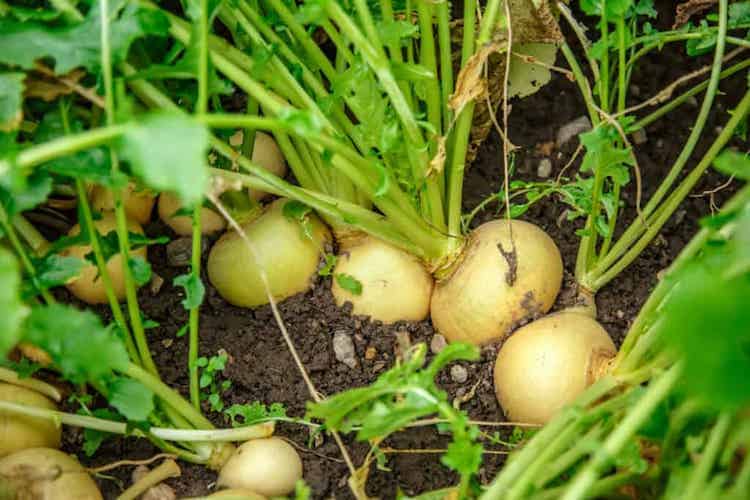





Leave a Reply